Throughout history, expeditions have shaped the world in remarkable ways. Some journeys expanded trade routes, while others opened new continents or pushed the boundaries of human endurance. These legendary expeditions not only transformed geography but also altered cultures, economies, and power structures. Each one holds a pivotal place in history, leaving lasting legacies that still resonate today.
The First Crusade (1096–1099)
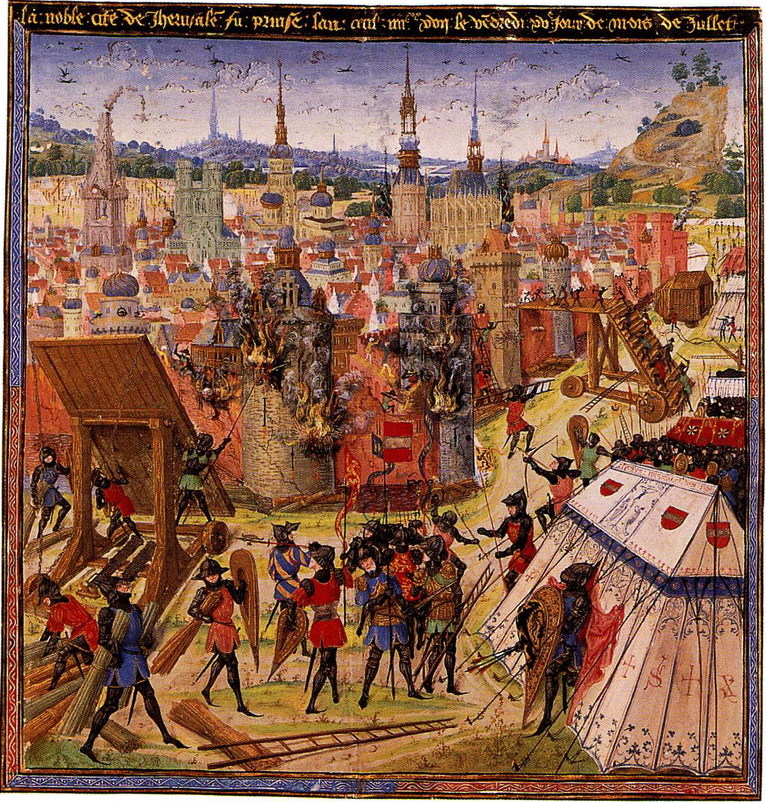
The First Crusade marked a pivotal clash between Christian Europe and the Muslim world. European knights, spurred by religious fervor, sought to reclaim Jerusalem from Muslim control. Pope Urban II called for the campaign, promising spiritual rewards. The journey was arduous, with many perishing from hunger, disease, or battle. Despite immense hardships, the Crusaders captured Jerusalem in 1099. This victory established several Christian states in the Middle East and ignited centuries of religious conflict.
Ferdinand Magellan’s Circumnavigation (1519–1522)
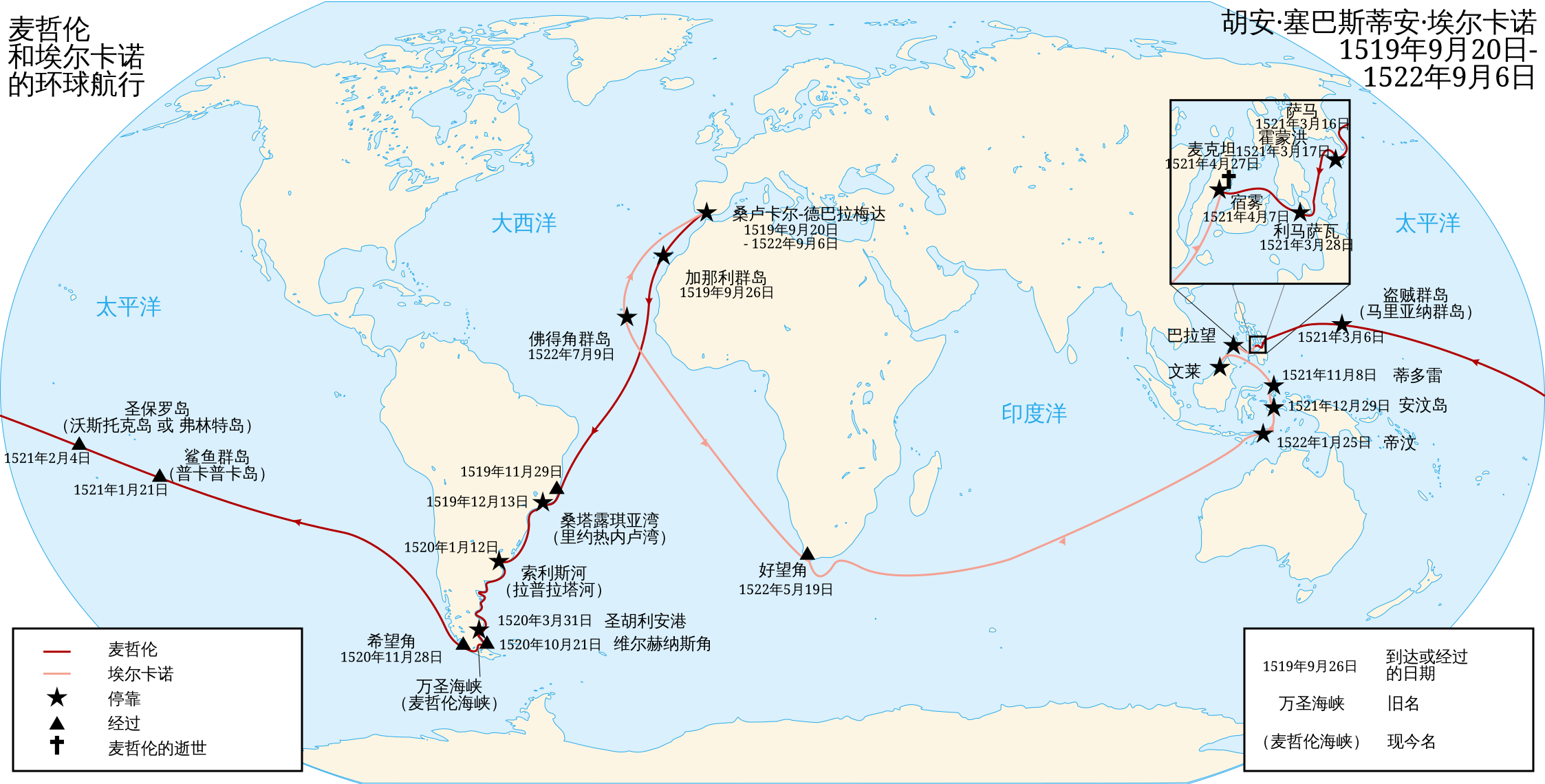
Ferdinand Magellan’s expedition was the first to sail around the world. His goal was to find a westward route to the Spice Islands. Departing from Spain, his fleet navigated the treacherous waters of South America. They eventually discovered the Strait of Magellan, a key passage to the Pacific. Though Magellan himself was killed in the Philippines, his crew completed the journey. This expedition proved the Earth’s roundness and changed global navigation forever.
Christopher Columbus’ First Voyage (1492)
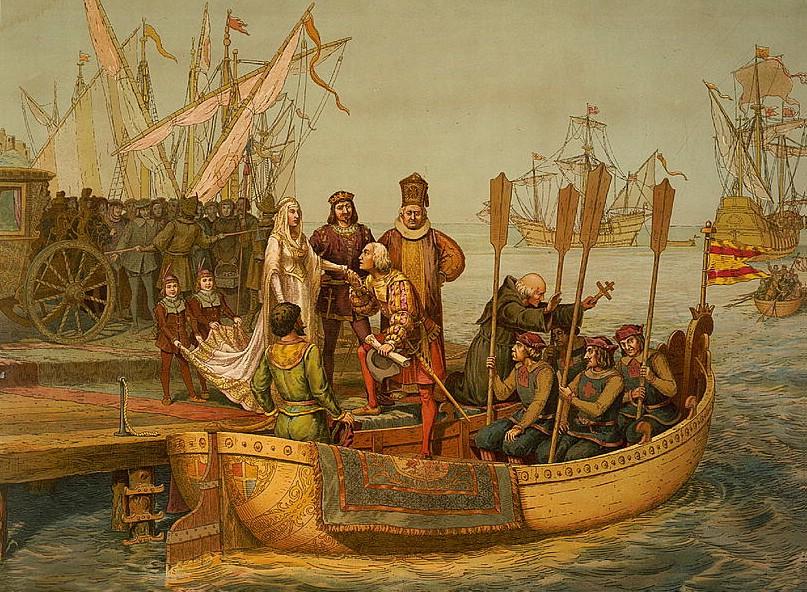
Christopher Columbus set sail across the Atlantic, aiming to reach Asia by a westward route. Instead, he landed in the Caribbean, unknowingly discovering the New World. Backed by Spain, Columbus made contact with the Americas, triggering an era of exploration. His voyage sparked European colonization, which reshaped entire continents. While he believed he had found a route to Asia, his journey profoundly altered global trade and power dynamics.
Marco Polo’s Journey to China (1271–1295)
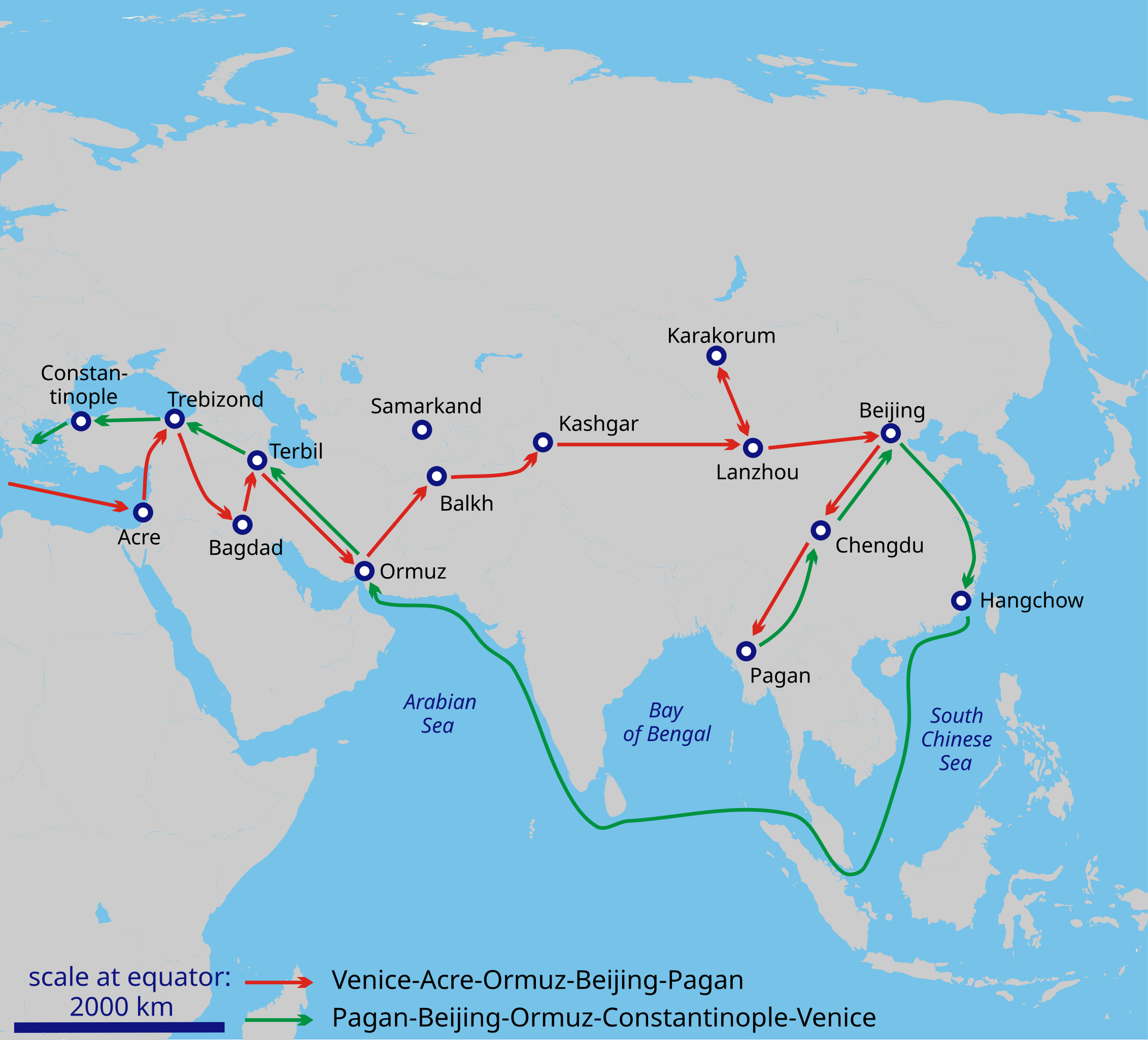
Marco Polo’s journey to China opened European eyes to the wonders of the East. Traveling along the Silk Road, he ventured into Mongol-controlled China. Polo served in the court of Kublai Khan and documented the wealth, culture, and technologies of Asia. His writings sparked European curiosity about the East, laying the groundwork for future exploration. The tales of China’s vast riches inspired generations of traders and explorers to seek fortunes in Asia.
The Lewis and Clark Expedition (1804–1806)

The Lewis and Clark expedition opened the American West to exploration. Commissioned by President Thomas Jefferson, their mission was to map the newly acquired Louisiana Territory. Lewis and Clark traveled from St. Louis to the Pacific, documenting the land, resources, and native tribes. Their journey helped expand the U.S. frontier and provided valuable insights into the untamed wilderness. This expedition paved the way for future settlement and westward expansion.
Vasco da Gama’s First Voyage to India (1497–1499)
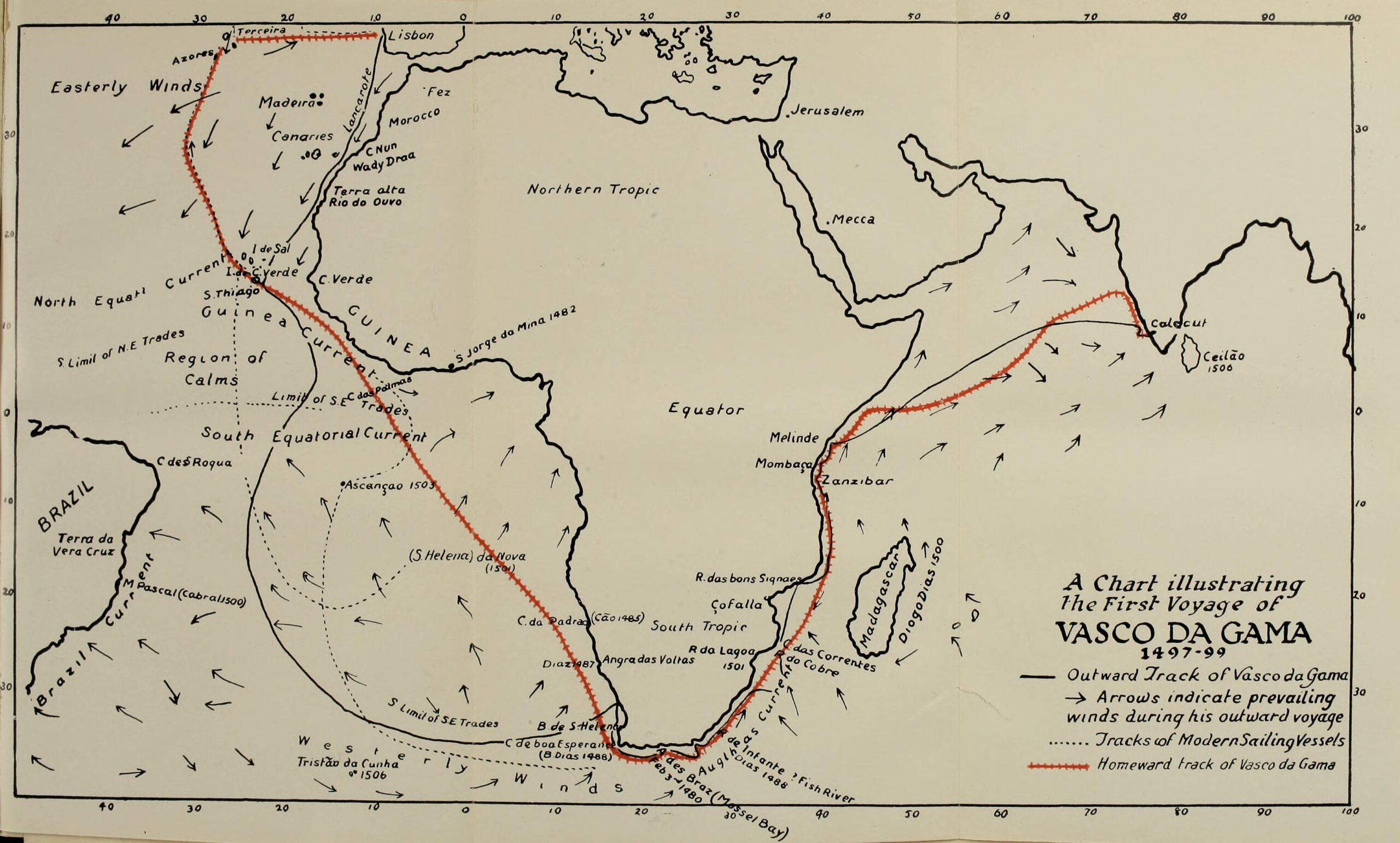
Vasco da Gama’s voyage established the first direct sea route from Europe to India. Sailing around the Cape of Good Hope, he bypassed traditional overland routes. His journey opened up a lucrative spice trade between Europe and Asia. Portuguese dominance in the Indian Ocean soon followed, as their ships controlled vital sea lanes. This marked the beginning of European colonization in Asia and reshaped global commerce for centuries.
The Conquest of Mexico by Hernán Cortés (1519–1521)
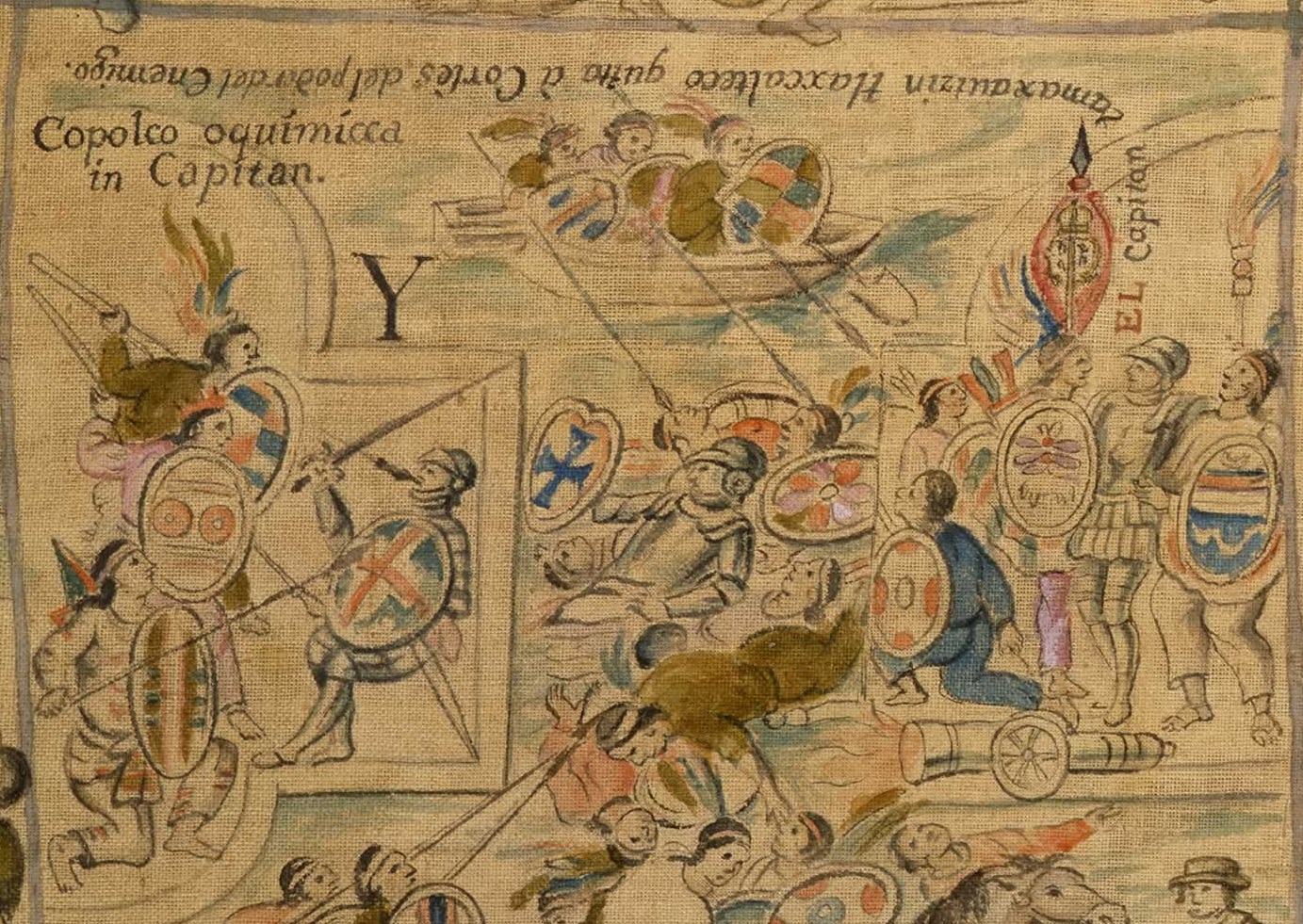
Hernán Cortés led a small force to overthrow the mighty Aztec Empire. With strategic alliances and advanced weaponry, he marched into the heart of Mexico. The Aztec capital, Tenochtitlan, fell after brutal fighting. Cortés’ conquest marked the end of the Aztec civilization and the beginning of Spanish colonization in the Americas. This event reshaped the political and cultural landscape of Mexico, leading to centuries of European dominance.
Zheng He’s Treasure Voyages (1405–1433)
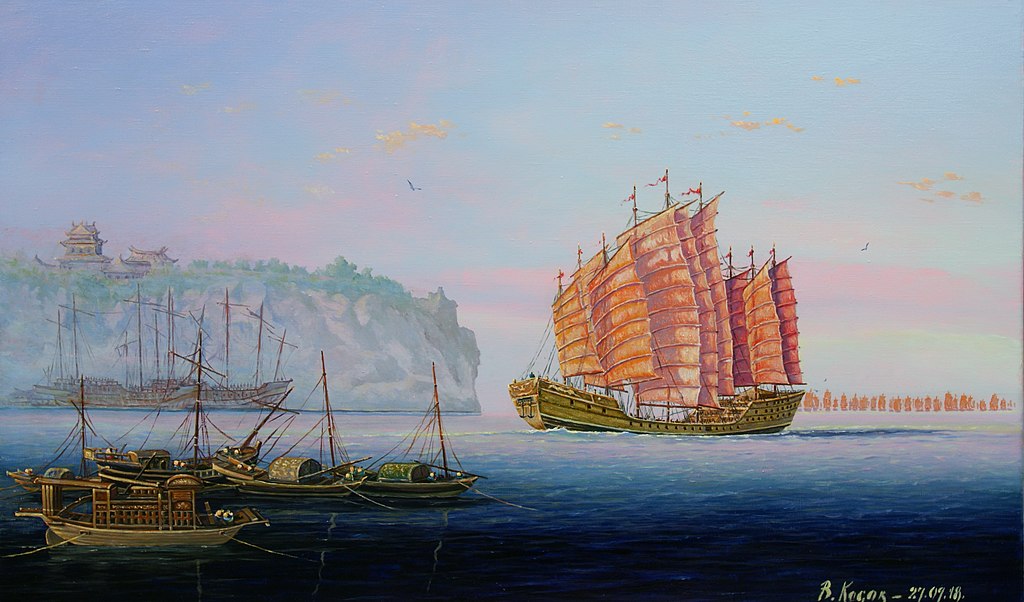
Zheng He’s voyages showcased China’s naval supremacy in the early 15th century. Commanding a massive fleet, Zheng He sailed through Southeast Asia, India, and Africa. His mission was to project Chinese power and establish diplomatic relations. The treasure fleets carried precious goods, which were exchanged for tribute from foreign rulers. These voyages enhanced China’s influence abroad but were later abandoned as the Ming Dynasty turned inward.
Ernest Shackleton’s Endurance Expedition (1914–1917)
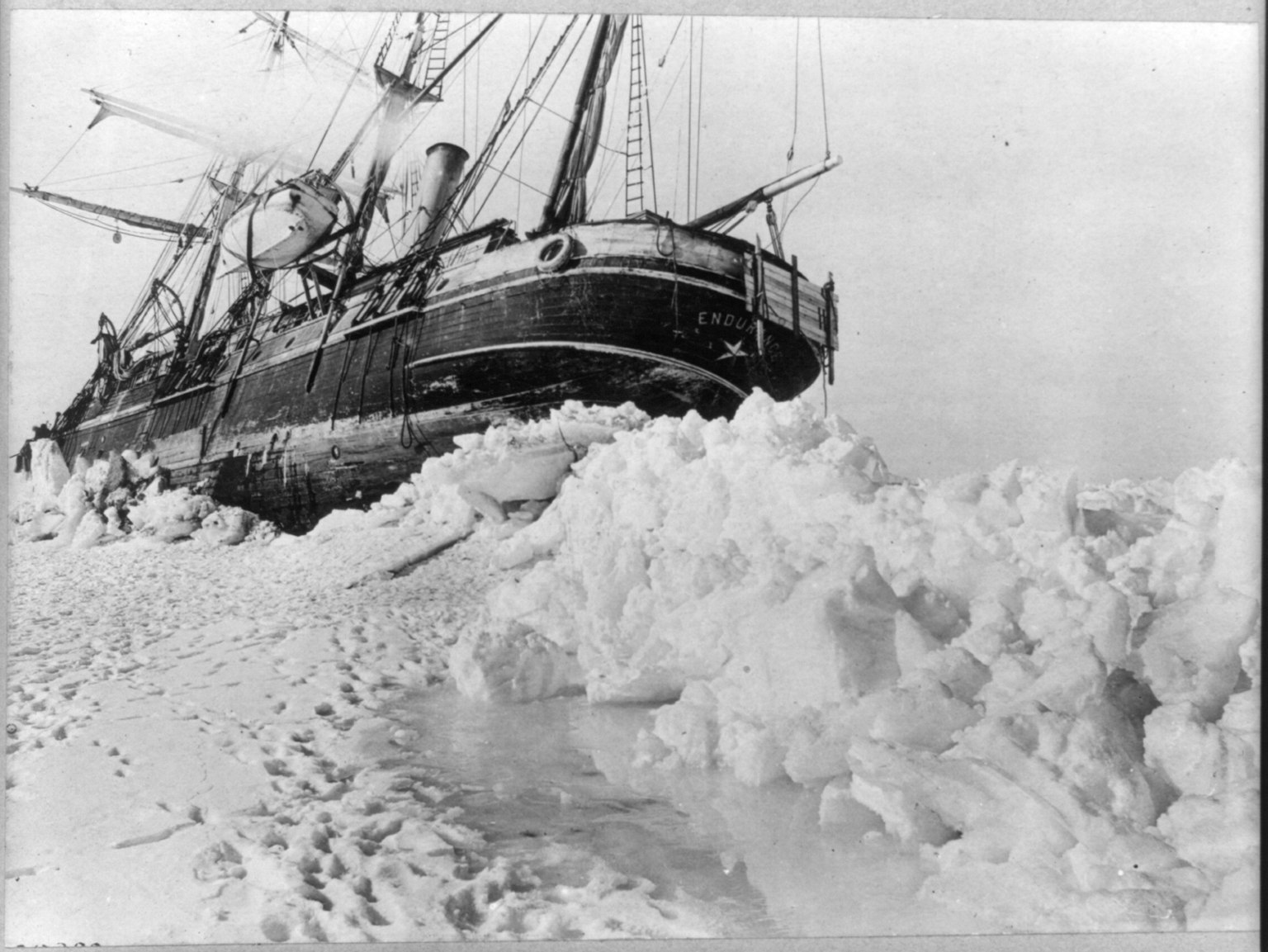
Ernest Shackleton’s expedition to Antarctica became legendary for its survival against all odds. His ship, the Endurance, was trapped and crushed by ice, leaving the crew stranded. Shackleton led a daring rescue mission across the frozen wilderness, ensuring the safety of his entire crew. Though they failed to cross Antarctica, their story of endurance and leadership remains one of the most inspiring in polar exploration. Shackleton’s perseverance cemented his place in history.
Neil Armstrong and Apollo 11 Moon Landing (1969)
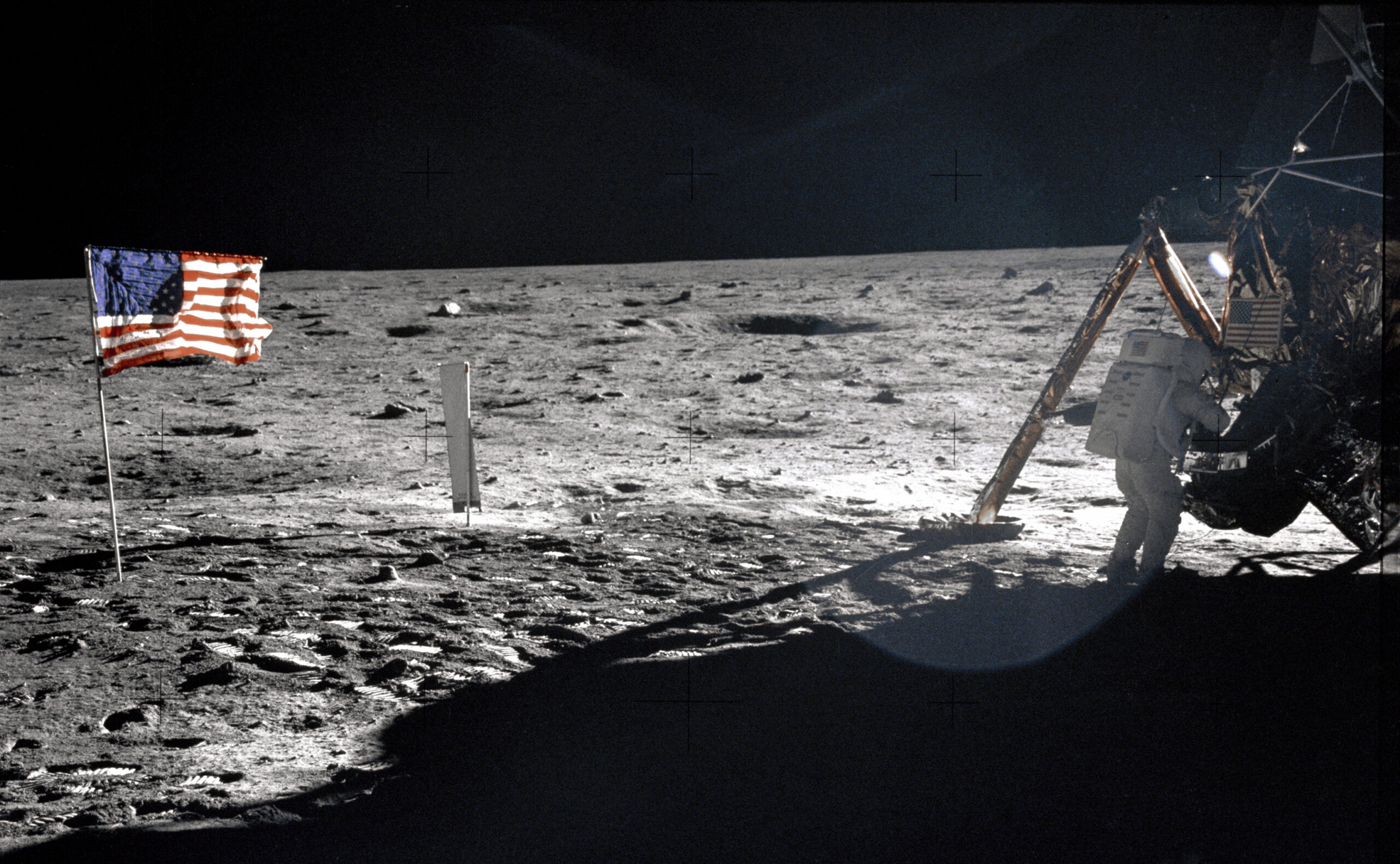
The Apollo 11 mission was humanity’s first successful trip to the moon. Neil Armstrong led the crew, becoming the first person to step onto the lunar surface. This marked a giant leap in space exploration and global achievement. The mission’s success demonstrated American technological supremacy during the Cold War. Armstrong’s iconic words, “One small step for man, one giant leap for mankind,” immortalized this moment in history.
Sir Francis Drake’s Circumnavigation (1577–1580)
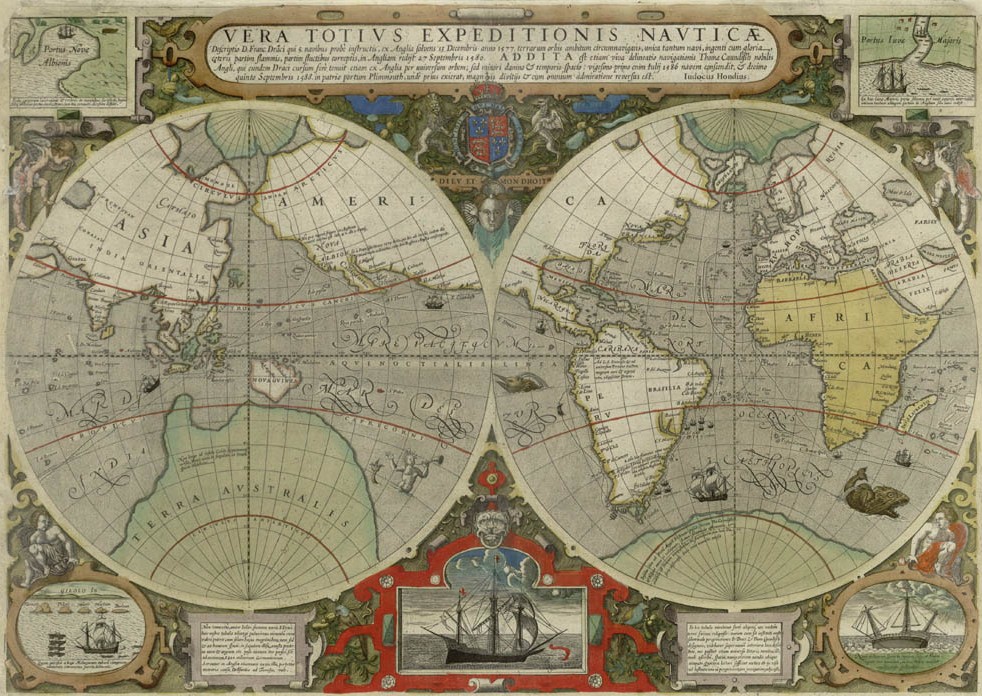
Sir Francis Drake’s circumnavigation of the globe was a daring expedition. He set out to challenge Spanish dominance and seize valuable cargo. Along the way, Drake raided Spanish ports and claimed new territories for England. His voyage was the second successful global circumnavigation. This feat cemented England’s status as a rising naval power and paved the way for future exploration.
The Antarctic Expedition by Roald Amundsen (1910–1912)
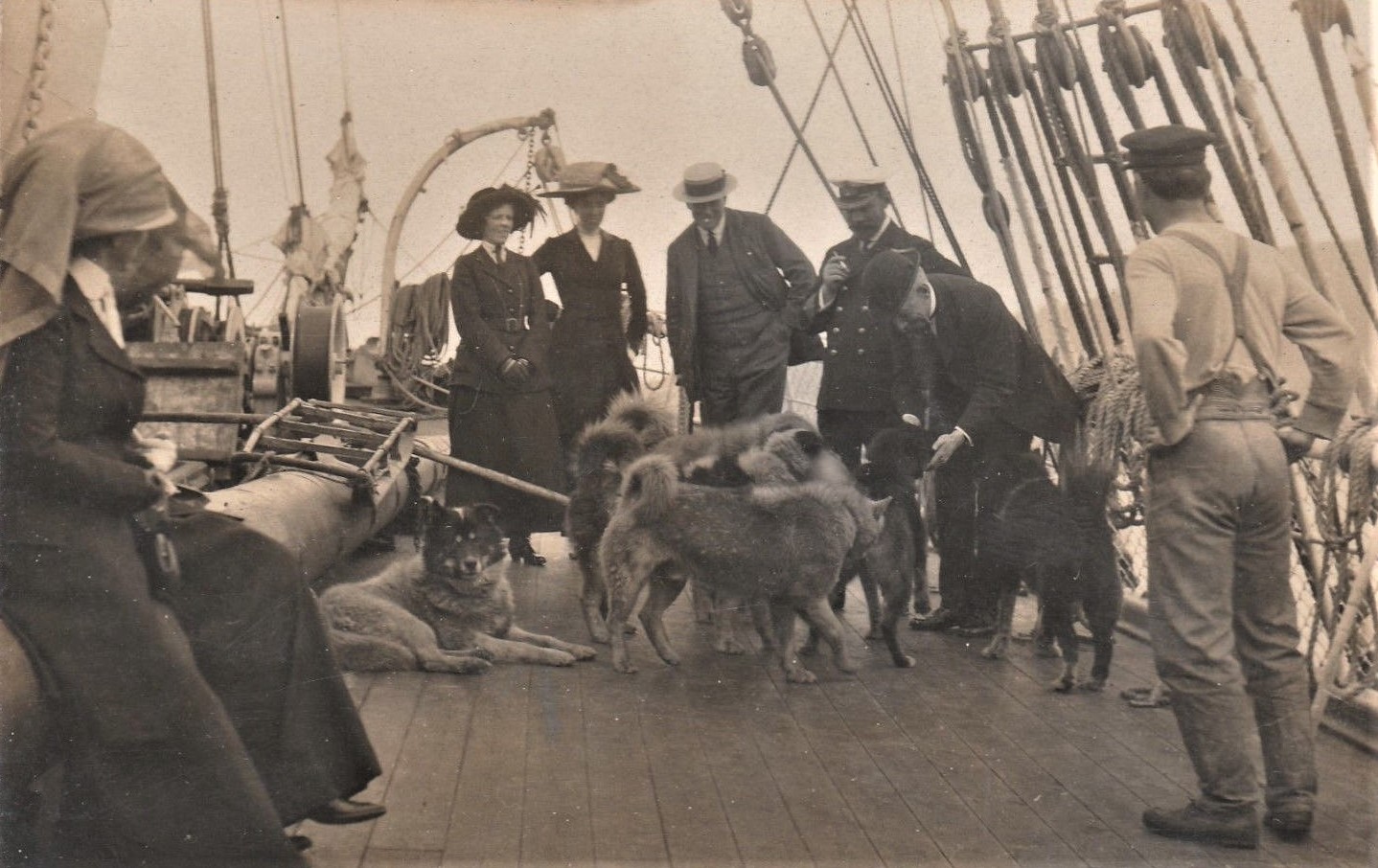
Roald Amundsen led the first successful expedition to the South Pole. His team braved extreme cold, treacherous terrain, and isolation. Amundsen’s meticulous planning, use of sled dogs, and survival skills ensured their success. They reached the pole on December 14, 1911, ahead of a rival British team. This triumph marked a major milestone in polar exploration.
The Mongol Invasion of Europe (13th Century)
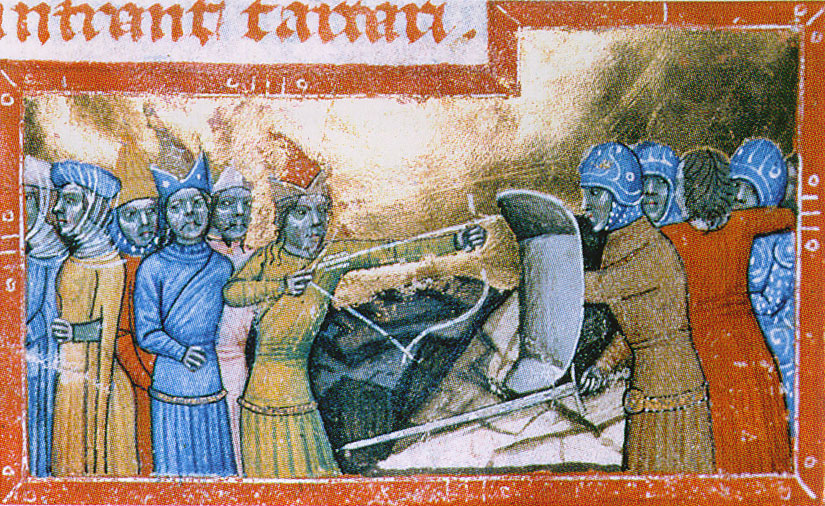
The Mongol invasion of Europe was a devastating military campaign. Led by Genghis Khan’s successors, the Mongols swept across Eastern Europe. Their advanced tactics and relentless force overwhelmed local armies. Major cities like Kiev were destroyed, and vast territories were conquered. The invasion altered the balance of power in Europe and left a lasting legacy of fear.
David Livingstone’s Expedition to Africa (1853–1873)
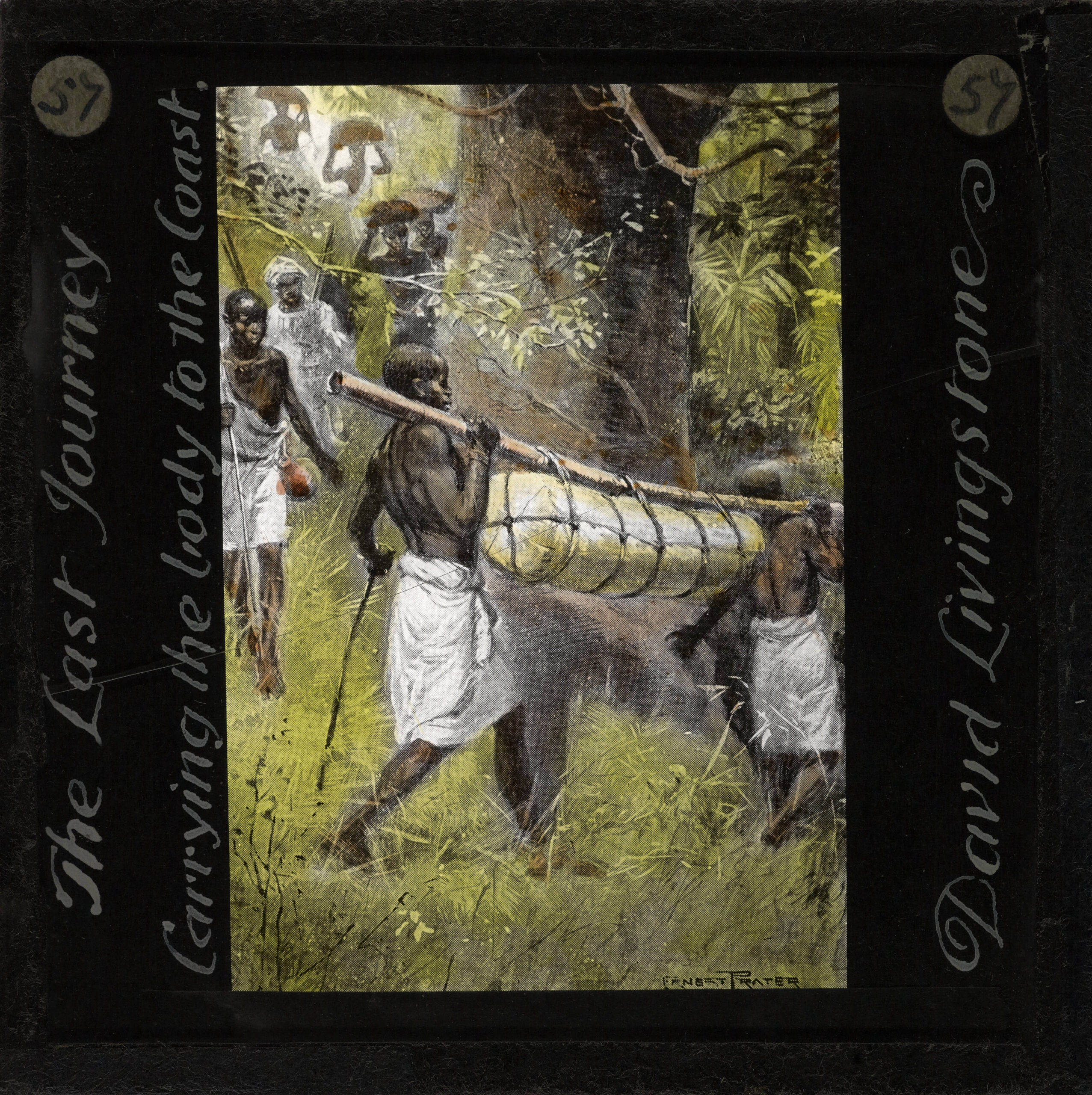
David Livingstone’s exploration of Africa aimed to map uncharted regions and spread Christianity. He traversed the continent, discovering the source of the Zambezi River and Victoria Falls. His reports opened European eyes to Africa’s rich landscapes and resources. Livingstone’s mission also highlighted the horrors of the slave trade, influencing future abolition movements.
Napoleon’s Russian Campaign (1812)
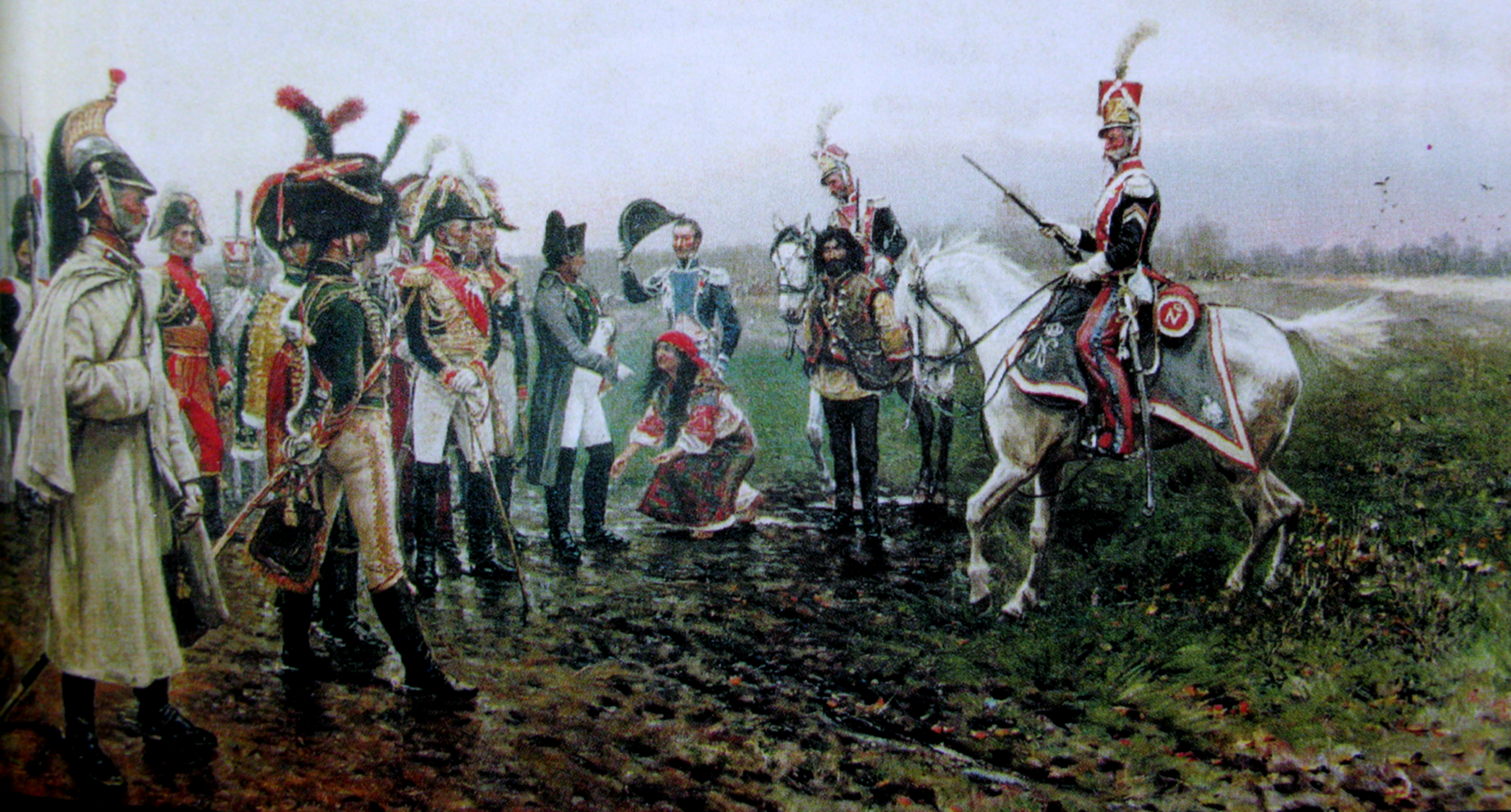
Napoleon’s invasion of Russia was one of history’s most disastrous military campaigns. With a massive army, Napoleon aimed to force Russia into submission. However, harsh winter conditions and a scorched-earth strategy by the Russians decimated his forces. The failed invasion marked the beginning of Napoleon’s downfall and shifted the balance of power in Europe.
This article originally appeared on Rarest.org.
More from Rarest.org
15 Extraordinary Aquatic Creatures Found in Coral Reefs

Coral reefs are home to some of the most extraordinary and unusual creatures in the ocean. These vibrant ecosystems are filled with species that have evolved unique adaptations to survive in their complex environments. Read More.
13 Strange Creatures Found in the Depths of the Amazon Rainforest

The Amazon Rainforest is home to some of the most bizarre and fascinating creatures on the planet. From ones that defy the laws of nature to those that simply seem out of this world, this vast ecosystem shelters a variety of strange animals that have adapted to thrive in unique and often extreme environments. Read More.
10 Unexpected Items That Skyrocketed in Value Over Time

Some items start out as ordinary purchases but unexpectedly gain immense value over time. Whether due to nostalgia, cultural significance, or scarcity, these once-common objects have become prized treasures in collectors’ markets. Read More.
